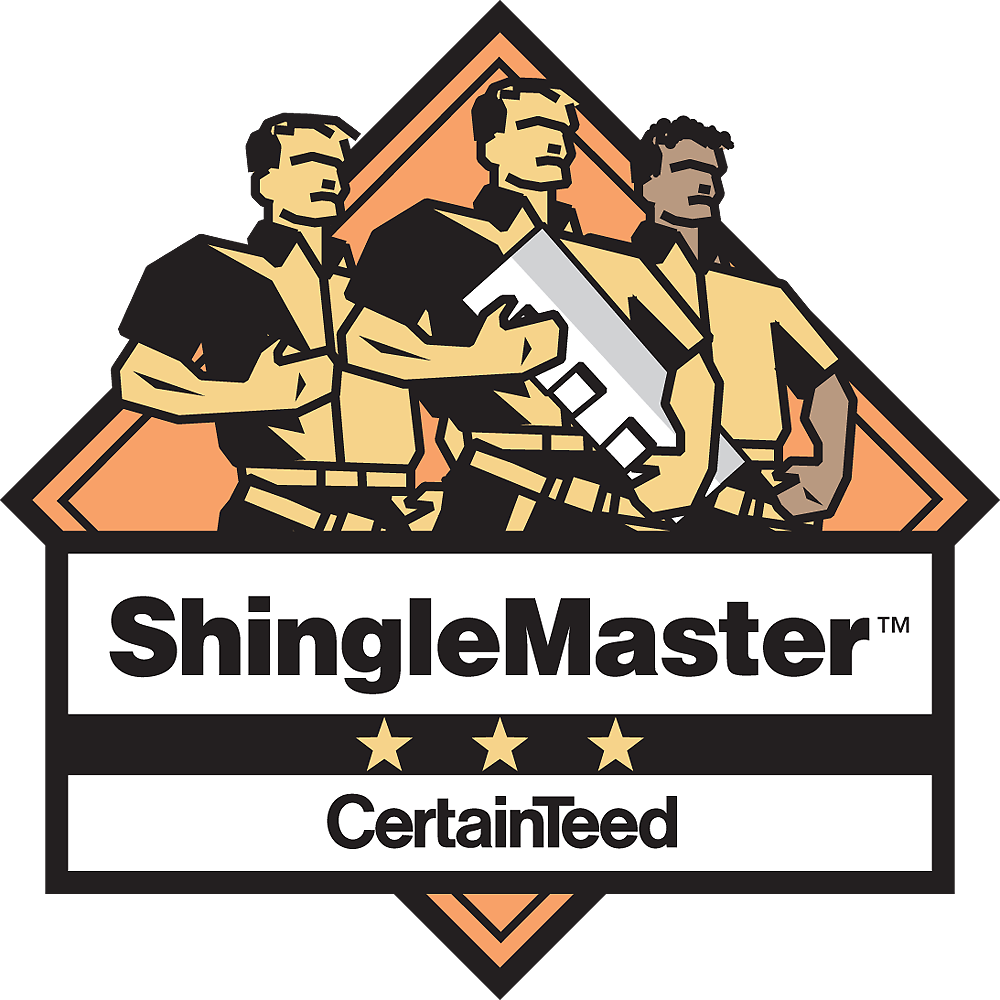Windows and Energy Efficiency
New windows can make your home quieter, more attractive, and less drafty, and they don't need painting. But replacing your windows is expensive, and there are lots of decisions to make before you swipe your credit card. If the existing frames and sills are still sound and square, you can use partial (pocket) replacement units. These fully assembled units slip into the existing frames, saving you money on materials and labor. But if your frame or sill is rotted, you’ll need full-replacement windows, which include the frame, sill, jambs, and generally a nailing flange that attaches the window to the outside wall around the opening.
Energy efficient windows are an important consideration for both new and existing homes. Heat gain and heat loss through windows are responsible for 25%–30% of residential heating and cooling energy use. ... Update your existing windows to improve efficiency.
An average home loses 10% of its heat through windows and doors. Good, energy efficient glazing reduces this heat loss, keeps the home warmer and reduces heating bills. ... Double-glazed windows have two sheets of glass with a gap between them which is usually 16mm wide.
You can claim a tax credit for 10% of the cost of qualified energy efficiency improvements and 100% of residential energy property costs. ... This credit is worth a maximum of $500 for all years combined, from 2006 to the present. Of that combined $500 limit, a maximum of $200 can be for windows.
How windows are rated for their energy efficiency is the lower the U-factor, the more energy-efficient the window, door, or skylight. Solar heat gain coefficient (SHGC) is the fraction of solar radiation admitted through a window, door, or skylight -- either transmitted directly and/or absorbed, and subsequently released as heat inside a home. U-values measure how effective a material is an insulator. The lower the U-value is, the better the material is as a heat insulator. For example, here are some typical U-values for building materials: a cavity wall has a U-value of 1.6 W/m².
While R-value measures resistance to heat transfer, U-value measures the rate of heat transfer. The lower its U-value, the better the product's ability to resist heat conduction. In simple terms, U-value is the mathematical reciprocal of R-value; that is, U = 1/R and R = 1/U.
Some roofs also qualify for tax credit, as in if you added a heat-efficient metal or asphalt roof to your house last year, you may be able to claim a $500 energy tax credit by filing IRS Form 5695 with your return. Save receipts and labels. Tax credit limits: 10% of expenditures, up to a lifetime $500, for all energy improvements combined.
On double-hung the lower inside sash slides up and an upper outside sash slides down, improving air circulation and making full screens ideal. Cleaning is easy, because you can tilt the sash on any of the tested windows. Casements are hinged on one side, like a door, and a crank lets you open them outward, ideal for hard-to-reach areas such as over a kitchen sink. They’re usually more airtight than double-hung because the sash locks against the frame to close. When fully open, casements allow for good ventilation and easy cleaning. Sliders glide on a horizontal track. Awning windows are hinged at the top and open outward, while hopper-style windows are hinged at the bottom and open inward.
There are excellent and mediocre double-hung windows regardless of the frame material, except for fiberglass. Wood frames tend to be the most expensive. All are usually clad in vinyl, aluminum, or fiberglass on the exterior to protect the wood and eliminate painting. Fiberglass-framed windows don’t need to be painted. Vinyl frames are usually the least expensive but aren’t as attractive. They don’t need to be painted or stained, though colors are limited and can’t be changed. Among casements, there was little difference between vinyl and wood frames.

.png)



